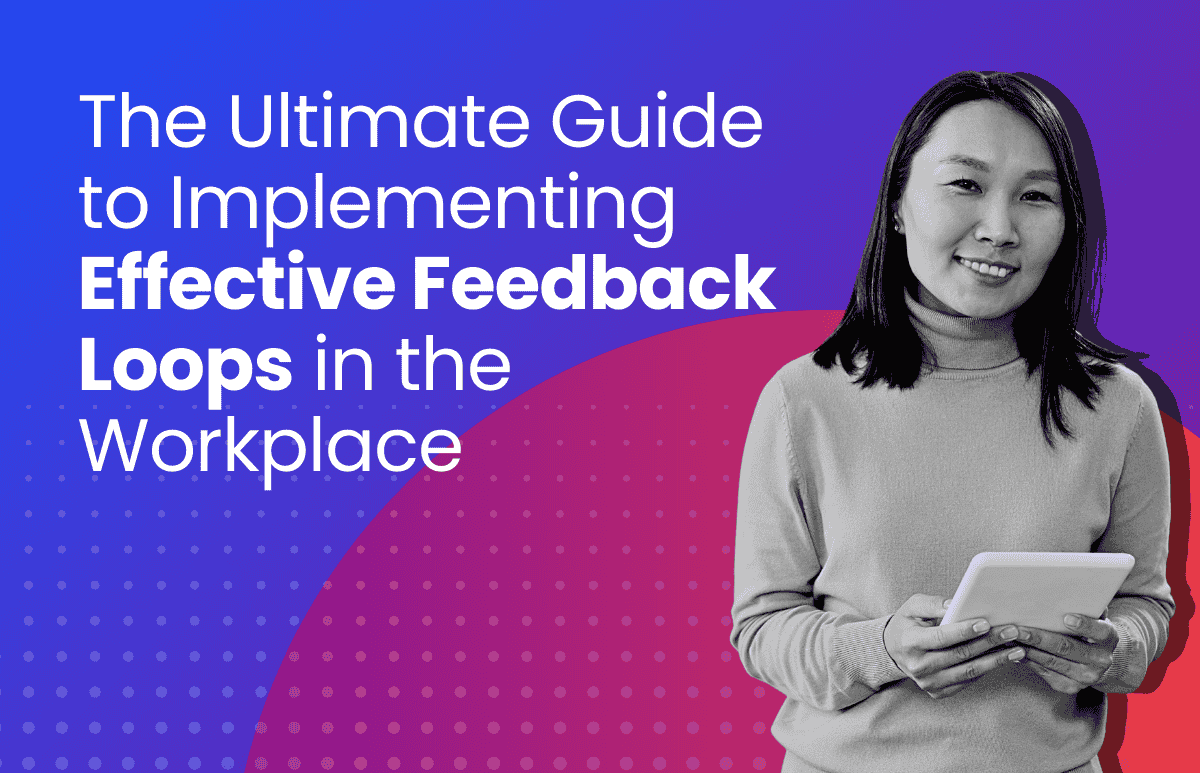Better Together: Why HR and Finance Have More in Common Than You Think
As we all grappled with the challenging economic landscape in 2023, waves of layoffs swept across numerous industries in response to interest rate and inflation.

Now, in 2024, there is a collective rallying cry echoing throughout the business world: do more with less.
It seems the conversation has turned to driving greater efficiency and productivity with the resources that businesses already have. But improving efficiency in the corporate world requires a whole-of-business approach and, most importantly, a paradigm shift at the executive level.
Here at ELMO, fostering a strong partnership between our Chief Financial Officer James Haslam and Chief People Experience Officer (CPXO) Kate Wilkinson, has proved vital to navigate the strategic decision-making required in this new era.
In this blog post, they share their thoughts on why HR and finance leaders must work closer together to achieve their collective goals, insights into their most valued tools, and where AI might lead us.
HR vs Finance: The current state of play

“For many businesses, the relationship between HR and Finance is complicated,” says James. “Both HR and finance have the same ultimate goal – growing a profitable business – however it can often feel like the two sides are at odds.”
“Finance leaders are often seen to be pushing costs down while trying to drive performance, whereas HR can be perceived as driving costs up to keep the workforce happy. But to really be effective as a finance or HR leader, this perception needs to change.”
In fact, our latest HR Industry Benchmark Report reveals just how little communication some HR professionals have with their Finance leaders.
The survey of 700 Australian HR professionals found that less than half have a strong partnership with their CFOs. Just over 10% have no effective communication at all.
Are false perceptions to blame? ELMO’s CPXO Kate says the HR function has become far more strategic over the past decade, and the pandemic only accelerated that trend.
“In reality, HR leaders of today are actually far more commercial and strategic,” she says. “It’s part of the reason that business partnering has been added to the title within many HR departments.
“A great HR business partner is concerned about limiting risk, retaining talent and increasing productivity. They love to lean on data and technology to identify workforce patterns, helping to unlock greater value and maximise profitability for their organisations.”
Dismantling the silo model for better collaboration

At ELMO, we have invested substantial effort into nurturing a culture where our leaders adopt the perspective of a CEO in decision-making. This seismic shift encourages holistic thinking and stewardship that goes beyond their functional roles, ensuring every strategy is not just a departmental push but a growth lever for the organisation as a whole.
This metamorphosis within our leadership has proven integral in fostering resilience and collective ownership that cascades down to every level of our enterprise.
To achieve this shift in executive thinking, we tackled an obstacle to business operations that’s surprisingly common, right across the corporate sector.
“The most important thing we have done is to tear down the silos between finance, services, sales, marketing, people, engineering and product.” James said.
“We’ve established regular cross functional meetings such as ELT, SLT, focus groups, town hall meetings. It sounds easy but the simple notion of hearing what another part of the business is doing is building up more knowledge across the company.”
As James suggests, this approach takes time and continual collaboration and communication across all business units. ELMO’s executives stood together to share their unified message to the business, providing clarity on the key goals and how each department contributes to the overall success.
Using technology to speak the same language

Collaboration is important, but so too is speaking the same language. Communication is one of the common challenges for HR and Finance leaders. To get cut through, it’s important for HR leaders to quantify the impact of their initiatives in the same way Finance does. That’s particularly true when you consider just how much of the budget is invested in hiring, retaining and developing talent.
For ELMO, 70% of business expenses pertain to our workforce – a fairly common ratio for a software company. And like any other significant investment, it’s essential to take a data-led approach to understand what’s working – and what’s not.
Take for example the annual remuneration review. The easier approach for some businesses is to apply across the board increases or succumb to individually negotiated salary outcomes. Without an effective performance review process in place, remuneration decisions can lack fairness and transparency for employees. As a result, salaries become inconsistent with industry benchmarks.
That’s where tools like ELMO Pivot Remuneration can help businesses to make their budgets stretch further.
Talking about our own review process last year, James explains how ELMO Remuneration played a key role in reducing the projected spend for FY24.
“We re-engineered our remuneration framework and fully adopted our ELMO Pivot Rem Tool, which enables us to map individual package details, performance grades, values assessment and salary benchmark data.
“The software’s output showed a performance pay gap with high performers who were below benchmark and low performers who were over it, allowing us to take a surgical approach to how we applied remuneration increases.
“As a result, we were able to spend two million dollars less than we initially expected for our FY24 rem increase.”
How we’re looking ahead: data-informed decision making
Business leaders are all too familiar with the operational upheaval that’s inherent when new technologies land. In today’s market, we have the tools to stimulate strategic business conversations in more ways than ever before, particularly when it comes to interpreting data.
Kate says: “Data and analytics has served me well to get that seat at the table and be heard by the business.
“But it’s also helped to build the financial acumen of my team. It’s been incredibly valuable to build holistic financial understanding through the partnership with James and the wider finance team.”
Powerful technology, combined with a transformation from siloed business units to a C-suite view at the management level, in our experience builds the core of the financial stability, predictability and operational efficiencies needed for a strong business future.
“The biggest win for us has been the collaboration and insights generated from the development of a broad operating and key results framework,” James says.
Click here to learn more about how technology can help your HR and Finance leaders unlock their full potential.
 HR Core
HR Core 









